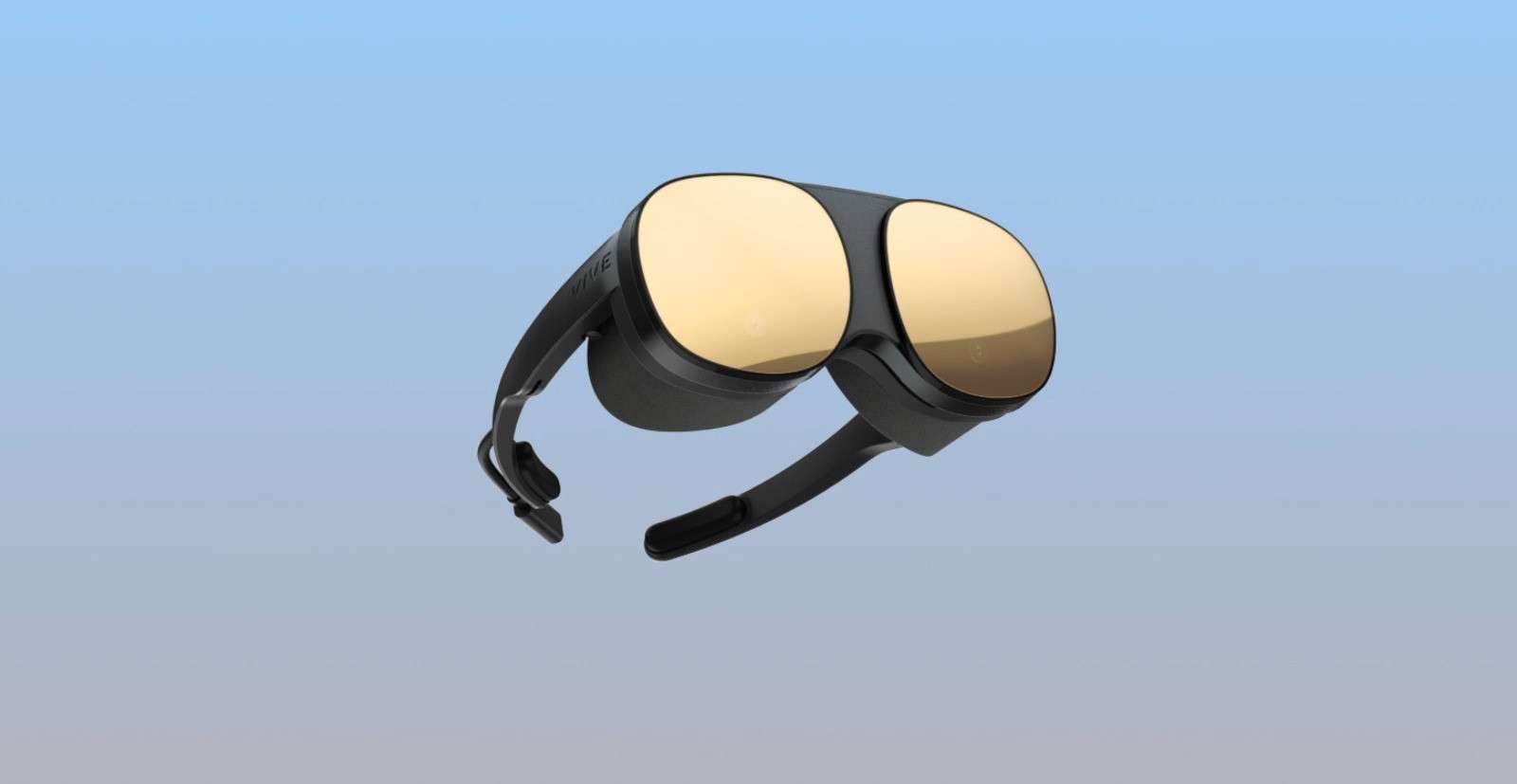ultra-light “immersive glasses” for virtual reality

“Immersive glasses” is how HTC describes the Vive Flow, its new particularly lightweight virtual reality headset. According to the firm, this headset without controllers has been designed to watch multimedia content, meditate, and work.
This will also interest you
[EN VIDÉO] Virtual reality: towards total immersion with Orion by Leap Motion The American company Leap Motion offers Orion in beta version. This application, used with a…
HTC has just launched a new kind of virtual reality headset. Finally, according to the firm, they are rather immersive glasses. The Vive Flow is a new kind of device, much lighter than the virtual reality headsets already on the market. The firm targets a “well-being and productivity” use.
First of all, it is indeed virtual reality and not augmented reality. The device integrates two LCDLCD displays of 2.1 inches, with a definition of 1,600 x 1,600 pixelspixels for each eye. It offers a field of view of 100 degrees with a refresh rate of 75 hertzhertz. On this point, it is a little below other virtual reality headsets, including HTC’s Vive Pro 2 and Flow 3, which most often have a field of view of 110 to 120 degrees and a refresh rate of 90 to 120 hertz.
A VR headset that requires an Android smartphone
The Vive Flow is an all-in-one device that does not need to be connected to a computer. It is equipped with a Qualcomm XR1 chip and 64 gigabytes of storage. The only other virtual reality casesautonomous virtual reality headset currently on the consumer market is Oculus Quest 2, which is based on the more recent Qualcomm XR2 chip. The main advantage of the Vive Flow is to be much less bulky than the competition and to weigh only 189 grams, which is barely more than a third of the weight of the Oculus Quest 2 (503 grams).
This helmet can therefore be worn like glasses, without requiring a strap. It integrates two cameras for tracking movement and requires an external battery, which partly explains its weight and its reduced size. This is a good idea, because the weight of classic virtual reality headsets can be tiring quickly.
The video presentation of the Vive Flow. © HTC
With this device, HTC seems to want to find a new market for virtual reality. Without controllers, it does not allow you to play popular games like Beat Saber or Population One. It is intended rather for multimedia use, both for video content in 180 or 360 degrees and / or stereoscopic, as for viewing 2D movies, projected on a giant virtual screen. Thanks to its small size, the Vive Flow can be used anywhere: on the sofa, in bed, or even in public places or on the plane. HTC also highlights immersive applications for meditation or social spaces in virtual reality, as well as for work and virtual meetings.
The device comes without controllers and at the moment the headset must be connected wirelessly to an Android smartphone. This serves as a remote control and it is possible to project the screen into the virtual space. Compatibilitycompatibility with iOS could come later, but for now iPhone owners will have to skip this headset. HTC has also indicated that the headset could integrate hand tracking in the future, but that’s not for right now. The Vive Flow is available for pre-order at 549 euros, which is still 200 euros more than the Oculus Quest 2, with a shipment scheduled from next November 2nd.








